From Good Intentions to Great Results: Developing Initiatives and Metrics for DEI Success

Image Source: DC Studio | Freepik
In recent years, the global labor market has faced a challenging mix of health crises, economic turbulence, and geopolitical uncertainties, with vulnerable populations most severely affected. In response, companies are taking on greater roles in supporting vulnerable groups while championing diversity, equity, and inclusion (DEI). The surge in companies adopting DEI programs underscores the growing recognition of DEI as a strategic imperative and a driver for improving work performance.
DEI is a framework that promotes fair treatment and equal opportunities for all employees across a spectrum of protected characteristics, including age, race, religion, gender, and more. The three components of DEI are deeply intertwined (see Figure 1). Each plays a role in establishing workplaces where all employees can thrive. They cannot be addressed as stand-alone criteria, requiring a collective approach to create a truly inclusive and equitable workplace.
The significant value and impact of DEI in various aspects of work make it a moral imperative and an essential strategic requirement that businesses must not underestimate or overlook.
For instance, the “2022 Global Inclusion and Diversity Transparency Report” by intelligent power management company Eaton emphasized the success of its Stretch Assignment Marketplace (SAM), where diverse teams of employees handled 86 business challenges across multiple areas. Employees can select projects that interest them, with up to six people per team allowed six months to finish each challenge. Notably, the company saw an 18% increase in the number of projects submitted compared to the previous year. One of Eaton’s notable achievements is its inclusion in Newsweek’s 2023 Top 100 Global Most Loved Workplaces® list and certification by Great Place to Work® in 2023.
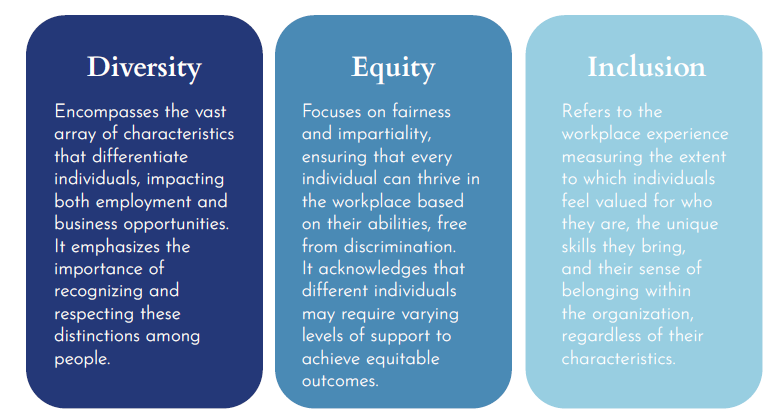
Figure 1. DEI Components | Adapted From International Labour Organization
In the US, a survey conducted in early 2023 among 4,744 workers revealed that the majority of those whose workplaces offer specific policies or resources related to DEI reported a somewhat or very positive impact on their work. Meanwhile, in a Worldwide ERC® study of more than 600 top HR leaders, 98% responded that their organization has a DEI strategy in place, highlighting its value in the worldwide market.
According to Global Industry Analysts Inc.’s report, the global market for Diversity and Inclusion (D&I), estimated at US$7.5 billion in 2020, is expected to rise to US$15.4 billion by 2026, at a CAGR of 12.6% throughout the forecast period.
Read More >> Do ESG Strategies and Performance Measurement Truly Matter to Sectoral Investors?
DEI’s Role in Performance Enhancement
As cited in the International Labour Organization’s (ILO) report “Transforming enterprises through diversity and inclusion,” several studies have demonstrated that organizations fostering diverse and inclusive cultures consistently perform well, exhibiting enhanced adaptability, productivity, and resilience. The ILO conducted a survey in 2021 in which respondents were asked to identify the primary “drivers for action” on D&I that have the most significant impact on their companies (see Figure 2). The findings suggest that DEI initiatives correlate with both employee and overall business performance. In fact, 39% of respondents credited such initiatives with improving overall company performance.
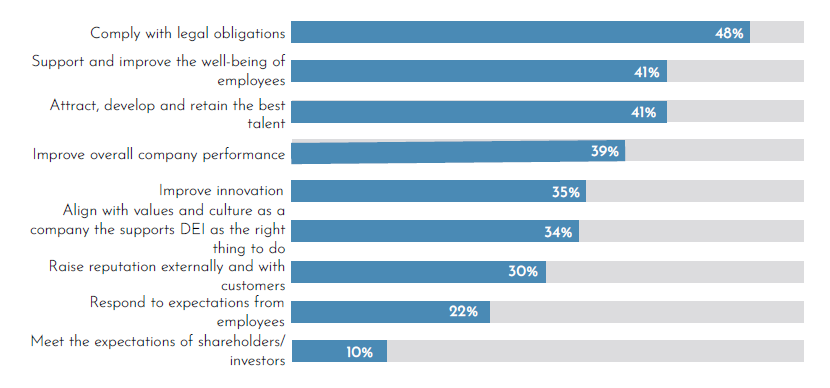
Figure 2. DEI Drivers for Action | Adapted From International Labour Organization
This finding holds true because diverse teams bring together individuals with different backgrounds and perspectives. Diversity leads to innovative outcomes when combined with an inclusive culture that encourages employees to contribute their ideas. Moreover, inclusive workplaces instill a sense of belonging among all employees, regardless of their characteristics. Feeling valued and supported translates into increased engagement and motivation.
DEI-focused companies are appealing to job seekers, especially those from underrepresented groups. Recruiting leaders from diverse backgrounds also sets a powerful example of an inclusive leadership culture. Inclusive organizations tend to retain employees for longer. Reduced employee turnover saves time and cuts back on the costs associated with recruitment and training new staff.
Key Performance Indicators for DEI Programs
To fully harness DEI’s positive impact, organizations must not only implement dedicated programs but also rigorously measure their effectiveness. Thoughtfully selected key performance indicators (KPIs) enable companies to assess outcomes, monitor progress, and align DEI efforts with their goals.
Figure 3 is an example of how organizations can monitor and enhance their DEI practices using The KPI Institute’s structured approach as outlined in their Terminology Standards. Each objective is aligned with specific initiatives and their corresponding KPIs, highlighting the essential link between setting DEI objectives, implementing well-defined initiatives, and tracking their outcomes. Moreover, the initiatives outlined in the table are characterized by their practicality and adaptability, making them applicable to a wide spectrum of industries and organizational structures.
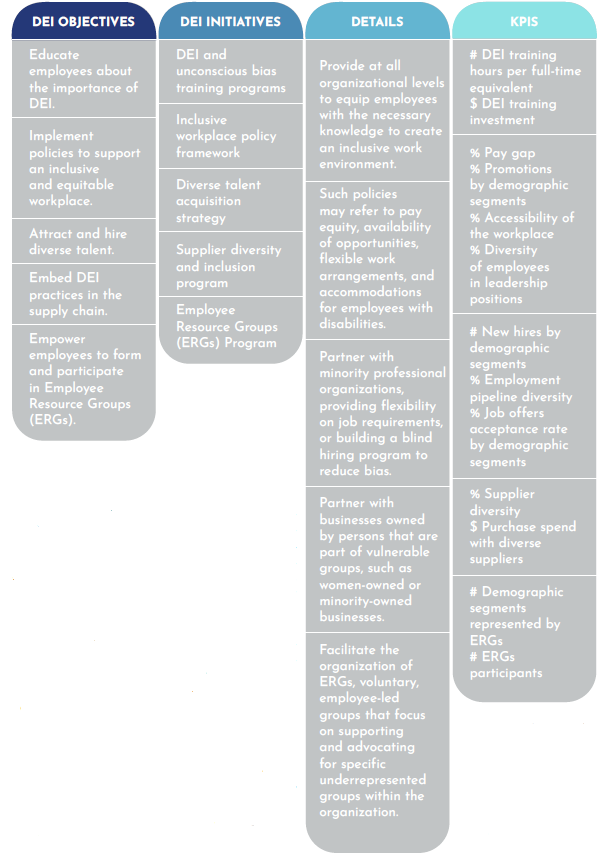
Figure 3. DEI Initiatives and KPI Examples Arranged According to The KPI Institute’s Terminology Standards | Examples From Forbes, 2022; and Qooper, 2023
DEI in Action: the Comerica Bank Experience
Comerica Bank, dubbed by Newsweek as one of “America’s Most Responsible Companies,” has implemented several initiatives to foster inclusivity and promote diversity across all levels of the workplace. Some of them are the following:
- Executive Diversity Committee (EDC): Composed of executive leadership, this committee develops and implements the organization’s DEI strategy. Its purpose is to address key issues, such as talent attraction and retention and the growth of a diverse workforce.
- Diversity Recruiting Strategy: Comerica aims to prioritize creating a well-qualified and diverse applicant pool that mirrors the markets it serves. The bank forms partnerships and sponsors recruiting events with organizations supporting vulnerable communities.
- Education: The DEI Education Council was formed to promote diversity, equity, and inclusion on a corporate-wide scale. This initiative hosts programs, events, and activities that aim to nurture a culturally competent organization. DEI education is mandatory for all Comerica employees.
- Employee Resource Groups (ERGs): Comerica aims to encourage the formation of ERGs. These groups provide a platform for colleagues to connect, share experiences, and contribute to DEI efforts.
- Supplier Diversity: Comerica also works on cultivating a diverse supplier base and supporting businesses owned by individuals from vulnerable groups. The bank’s standard agreements with suppliers enforce Comerica’s non-discrimination and diversity practices.
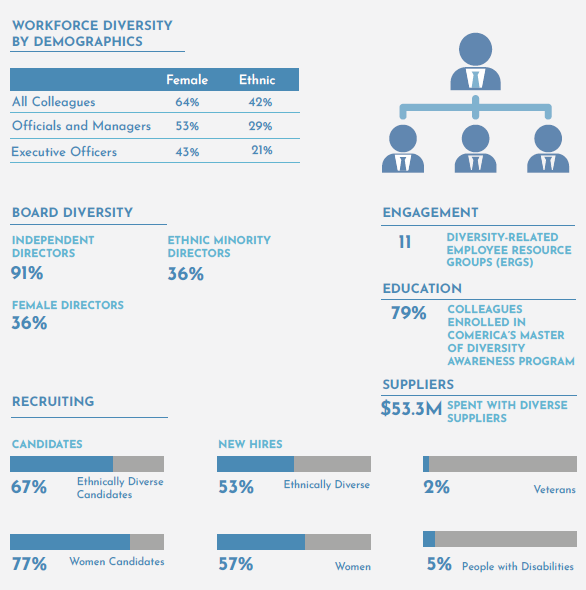
Figure 4. A Compilation of Comerica’s Results for DEI Initiatives | Adapted From Comerica DEI Report
Figure 4 shows Comerica’s DEI metrics as of the end of 2022. According to Comerica’s DEI report, the figures reflect the progress achieved by implementing the company’s DEI initiatives.
Comerica’s commitment to DEI initiatives has seemingly delivered positive results, benefiting its workforce and bolstering its reputation as a diversity and inclusion advocate. This commitment has been recognized by national and regional organizations and publications, placing Comerica “among the top US companies for its efforts to recognize and support DEI practice,” as stated in the report.
Read More >> Everything You Need To Know About KPI Selection
Comerica also utilizes an Annual Diversity Scorecard as a quantitative measurement tool to track progress toward documented short-term and long-term goals (see Figure 5). In the same report, the company states that every senior officer within the company, including executive officers, is responsible for contributing toward achieving their goals annually, directly affecting their performance rating and compensation. According to Comerica, all business units met their DEI performance targets in 2022.
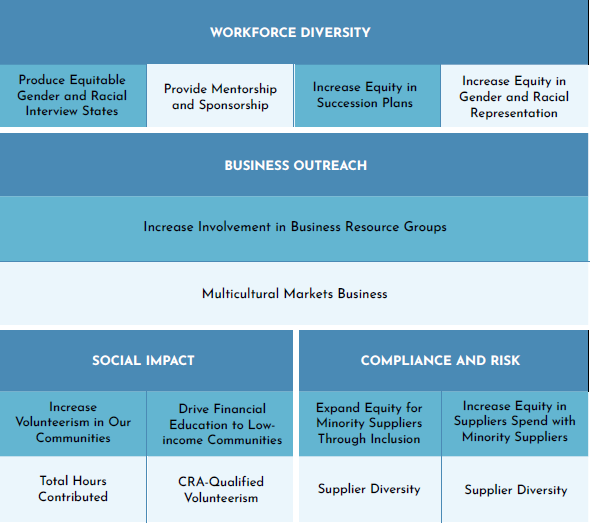
Figure 5. Comerica’s Annual Diversity Scorecard | Adapted From Comerica DEI Report
Long-Term Commitment
Despite the growing recognition of DEI, challenges persist. Some companies tend to favor short-term, superficial solutions over comprehensive initiatives capable of driving lasting change. For genuine success, organizations must commit to driving positive change through a strategic approach to DEI, making it an integral part of their organizational culture. Companies must realize that DEI is a long-term commitment, necessitating continuous initiatives, dedicated budgets, and adequate resources.
Furthermore, it is important to prioritize the long-term outcomes of DEI initiatives over immediate outputs, while realizing that measuring progress should encompass not only quantitative KPIs but also qualitative insights that capture the sentiments and experiences of employees. It is through this transformative approach that organizations have the potential to craft inclusive, empowering workplaces that enable employees from all walks of life to thrive.
**********
Editor’s Note: This was originally published in Performance Magazine Issue No. 28, 2024 – Employee Performance Edition.
